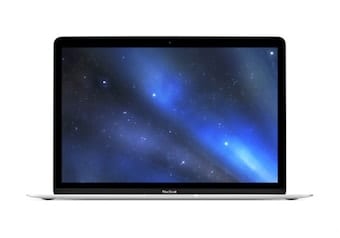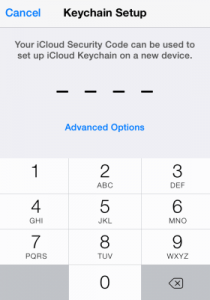
- #NEW INSTALL MAC OS ASKING FOR VERIFICATION CODE HOW TO#
- #NEW INSTALL MAC OS ASKING FOR VERIFICATION CODE CODE#
#NEW INSTALL MAC OS ASKING FOR VERIFICATION CODE CODE#
The only real solution is to locate the offending wireless router and either change its country code or replace it with a router that’s properly configured to operate in your current country.

There’s no clear way to prefer a particular country code when multiple ones are nearby. Unfortunately, there doesn’t seem to be a way to force your Mac to listen to only a specific country code.
#NEW INSTALL MAC OS ASKING FOR VERIFICATION CODE HOW TO#
RELATED: How To Get a Better Wireless Signal and Reduce Wireless Network Interference You can get the name of the router’s wireless network from the “Network Name” column, and that will tell you which router is broadcasting the incorrect country code. Glance at the “Country” column to find the one router broadcasting an incorrect country code. You’ll see a list of nearby Wi-Fi networks. To identify the router with a conflicting country code, click the Window menu in the Wireless Diagnostics application and select Scan. If you’re in one country and there’s a router with another country’s code nearby, your Mac may think your’e in that country, use those Wi-Fi settings, and have problems connecting to wireless networks using the proper settings for the country you’re actually in.Īpple’s information dialog here indicates that “this may prevent your Mac from automatically re-joining a previously joined Wi-Fi network.” It also says using a wireless router in a country it wasn’t designed for “can result in performance and reliability issues for nearby Wi-Fi clients.” Ideally, you could configure your Mac to ignore these conflicting details and tell it which country you’re in - but you can’t. It appears that the Mac uses the country code from the first network it finds broadcasting this information. When it wakes up, it scans for nearby Wi-Fi networks and the country code information tells the Mac which Wi-Fi settings it should use for this area. For example, in our example below, we have a nearby rogue router with a TW country code, which conflicts with other routers and their US country codes.

This informs nearby Wi-Fi-enabled devices - like your MacBook - which country they’re in and which Wi-Fi settings they should use. Some routers broadcast country codes using the 802.11d standard. Why Conflicting Country Codes Are a Problem Either there’s a misconfigured router, or you’re almost exactly on the border between two different countries! This indicates there are wireless routers with two different country codes nearby. To determine whether there are conflicting country codes in an area on your Mac, hold the Option key, click the Wi-Fi icon on the top bar, and select “Open Wireless Diagnostics.” Go through the wizard, which will scan your area and alert you to things you can do to improve your Wi-Fi.Īt the end of the process, you’ll see “Conflicting Country Codes” in the summary.

RELATED: Troubleshoot and Analyze Your Mac's Wi-FI With the Wireless Diagnostics Tool


 0 kommentar(er)
0 kommentar(er)
